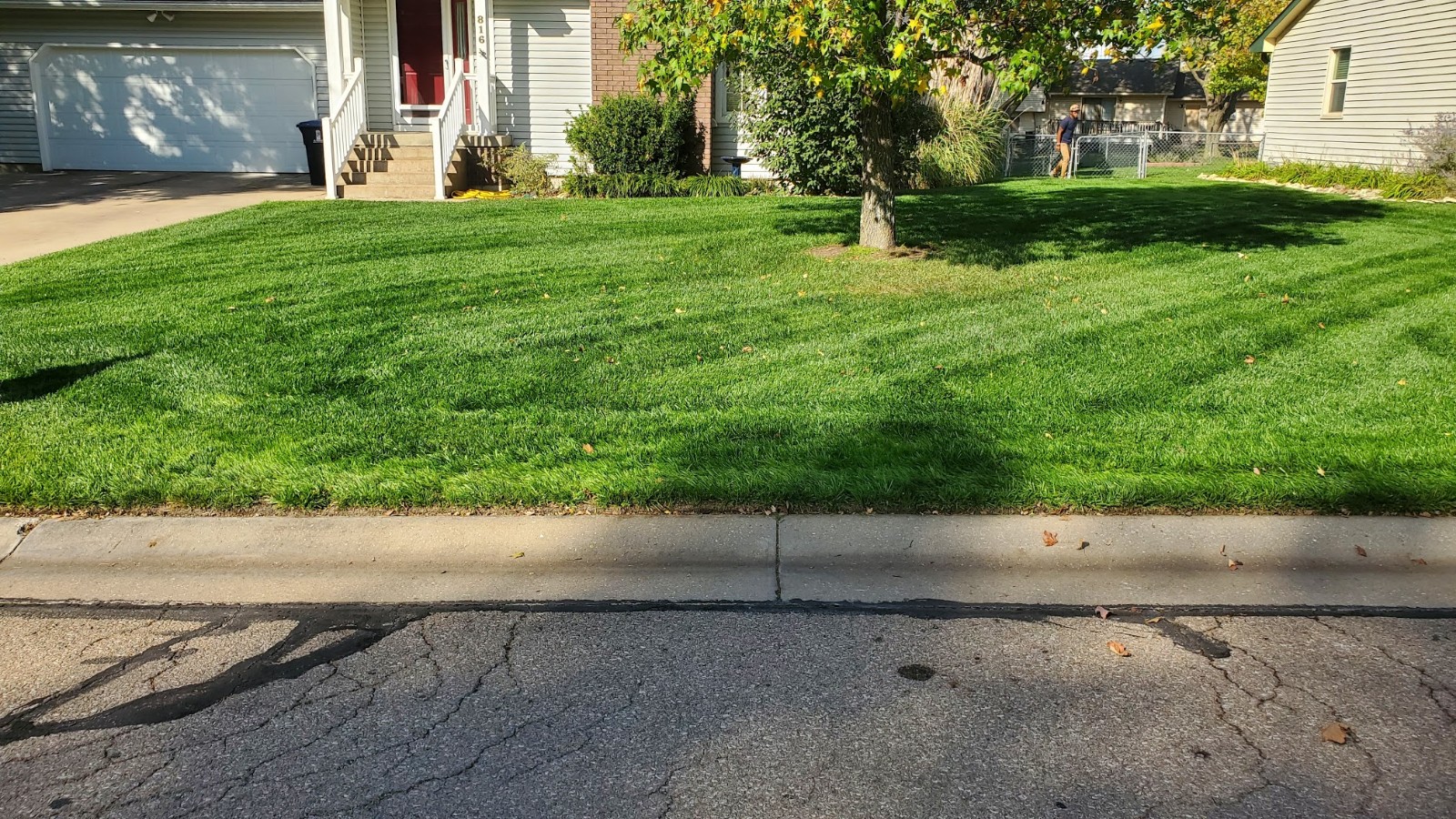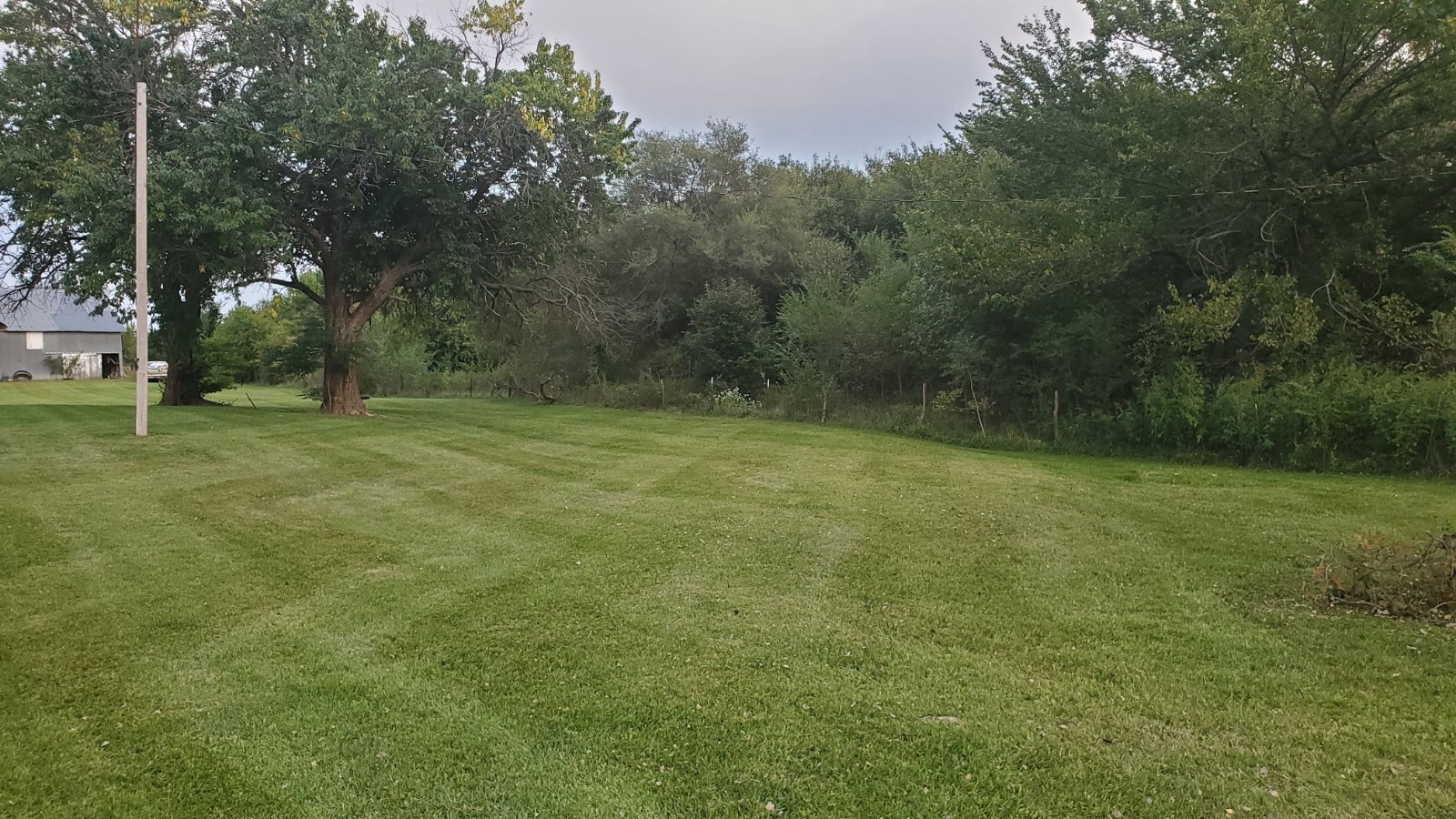Mulching vs. Bagging: Making Informed Choices for a Healthier Lawn
A well-manicured lawn is the pride of any homeowner, but the question of what to do with grass clippings often sparks a debate. Two standard practices emerge: mulching and bagging. Each approach comes with its own set of benefits and considerations. Let’s explore them both in this blog.
Mulching Clippings: A Natural Boost for Your Lawn
Mulching involves leaving grass clippings on the lawn after mowing. This practice saves time and effort and provides critical benefits for a healthy, vibrant property. Grass clippings are a natural source of nitrogen, phosphorus, and potassium, essential nutrients for healthy plant growth. Clippings decompose when left on the lawn, releasing nutrients into the soil. Also, mulched clippings act as a natural moisture barrier, reducing evaporation and helping the soil retain moisture. This is especially valuable in hot and dry climates where water conservation is crucial. As clippings break down, they improve soil structure by increasing organic matter content. Enjoy better aeration, water infiltration, and root development. By returning nutrients to the soil through mulching, homeowners can reduce their reliance on chemical fertilizers, promoting a more sustainable and eco-friendly lawn maintenance routine. Contrary to a common misconception, properly mulched clippings do not contribute to thatch buildup. Instead, they encourage beneficial microorganisms that break down thatch and inhibit the growth of harmful pathogens—no need for de-thatching unless your lawn care specialist recommends it.
Proper Bagging and Disposal: A Responsible Approach
While mulching offers numerous benefits, there are situations where bagging grass clippings becomes necessary. Proper bagging and disposal techniques are crucial to ensure your lawn's and the environment's health. It’s also an essential part of efficient yard cleanup. In cases where the grass has grown excessively long or has been neglected for an extended period, mowing and mulching may not be sufficient. Bagging helps prevent smothering the grass underneath. Meanwhile, if the lawn has been infested with weeds or invasive plants, bagging clippings can help prevent the spread of weed seeds. This is particularly important in maintaining a weed-free landscape. Some homeowners prefer a manicured look without visible clippings, and bagging allows for an instantly tidy appearance after mowing.
Proper Bagging and Disposal Techniques
When bagging becomes necessary, it's essential to follow these steps to ensure responsible disposal:- Use a Quality Mower with a Bagging Attachment: A mower equipped for bagging will efficiently collect clippings without excessive clogging. The best lawn care provider in MD will have the necessary tools.
- Dispose of Clippings Responsibly: Grass clippings can be utilized in composting or added to mulch piles. They are a valuable addition to organic matter, aiding in creating nutrient-rich soil amendments.
- Avoid Disposal in Landfills: Grass clippings are biodegradable and should not be sent to landfills, where they contribute to methane production. Ask your lawn care expert for more information.
Pros and Cons of Bagging vs Mulching Grass Clippings After Mowing
Bagging and mulching are two common methods for handling grass clippings after mowing, each with advantages and drawbacks. Bagging Pros and Cons- Neat Appearance: Bagging leaves a clean and tidy lawn, enhancing the aesthetic appeal.
- Weed Control: It helps prevent the spread of weeds and invasive plants, keeping the lawn healthier.
- Useful for Overgrown Lawns: Bagging is effective for lawns that have become excessively long or unruly, as mulching might not provide a satisfactory result.
- Nutrient Loss: By removing grass clippings, you also remove valuable nutrients that could benefit the soil.
- Time and Effort: It can be more time-consuming and labor-intensive than mulching, as you must stop and empty the bag regularly.
- Environmental Impact: Bagging contributes to more waste in landfills, as clippings decompose slower in these conditions.
- Nutrient Recycling: Mulching returns essential nutrients to the soil, promoting healthier grass growth.
- Moisture Retention: It helps the soil retain moisture, reducing the need for frequent watering. Improved Soil Health: Mulching encourages beneficial microorganisms, which enhance soil structure and aeration.
- Visible Clippings: Some homeowners may find the appearance of mulched clippings less aesthetically pleasing.
- Weed Seed Spread: If the lawn has many weeds, mulching can potentially spread their seeds, exacerbating the problem.
- Not Suitable for Overgrown Lawns: Mulching may not be effective for extremely tall or dense grass, requiring prior mowing or bagging.
 (316) 435-3509
(316) 435-3509 office@divine-lawns.com
office@divine-lawns.com